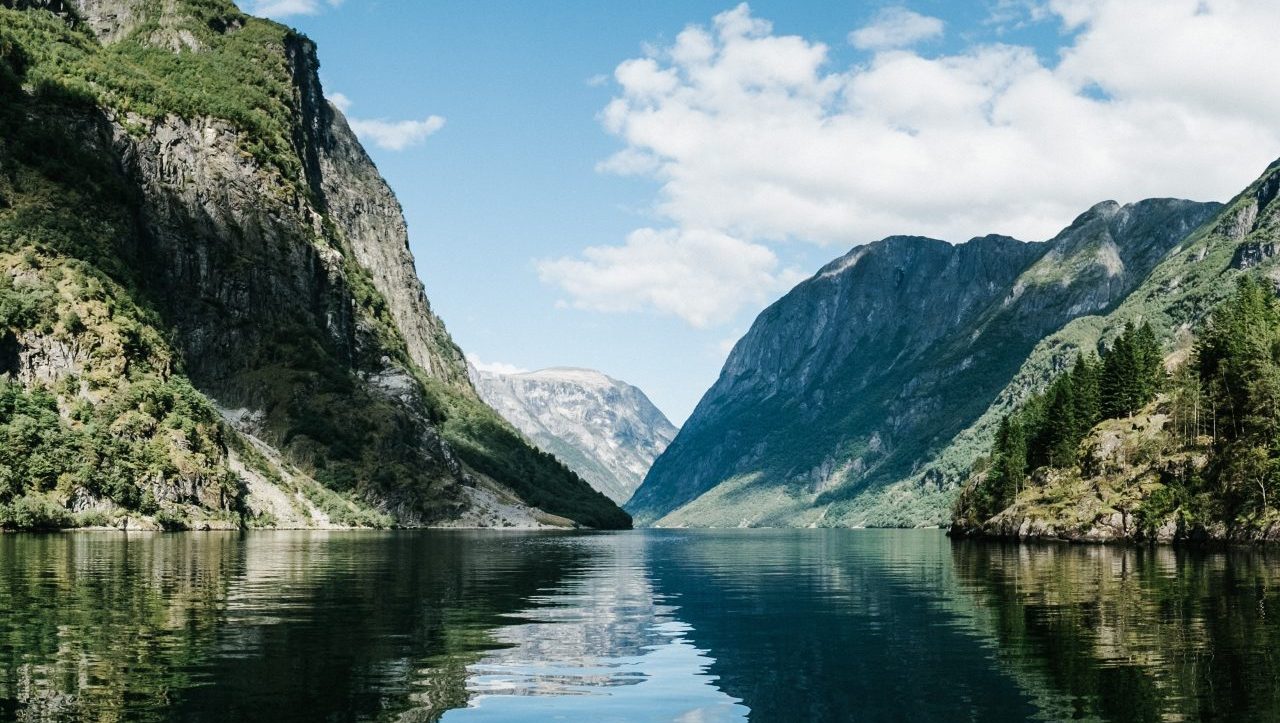The amount of real wildness in Europe varies depending on how it is defined and measured. In general, Europe is a densely populated and heavily modified continent, with a long history of human land use and development. However, there are still areas of relatively intact natural ecosystems and wilderness in Europe.
According to the European Wilderness Society, there are currently around 1.6 million hectares of wilderness in Europe, which represents only 1% of the total land area of the continent. These areas are defined as “places where the influence of man is minimal, and where natural processes are still dominant.”
In addition to these designated wilderness areas, there are also other areas of relatively intact natural ecosystems, such as national parks, nature reserves, and other protected areas. These areas are often managed for conservation purposes and may have restrictions on human activity.
However, even in areas that are designated as wilderness or protected areas, there may still be some level of human impact, such as pollution, climate change, and invasive species.
Overall, while Europe has a relatively small amount of wilderness compared to other continents, there are still areas of relatively intact natural ecosystems that provide important habitat for wildlife and offer opportunities for people to connect with nature. However, it is important to protect and manage these areas carefully to ensure that they remain wild and intact for future generations.
